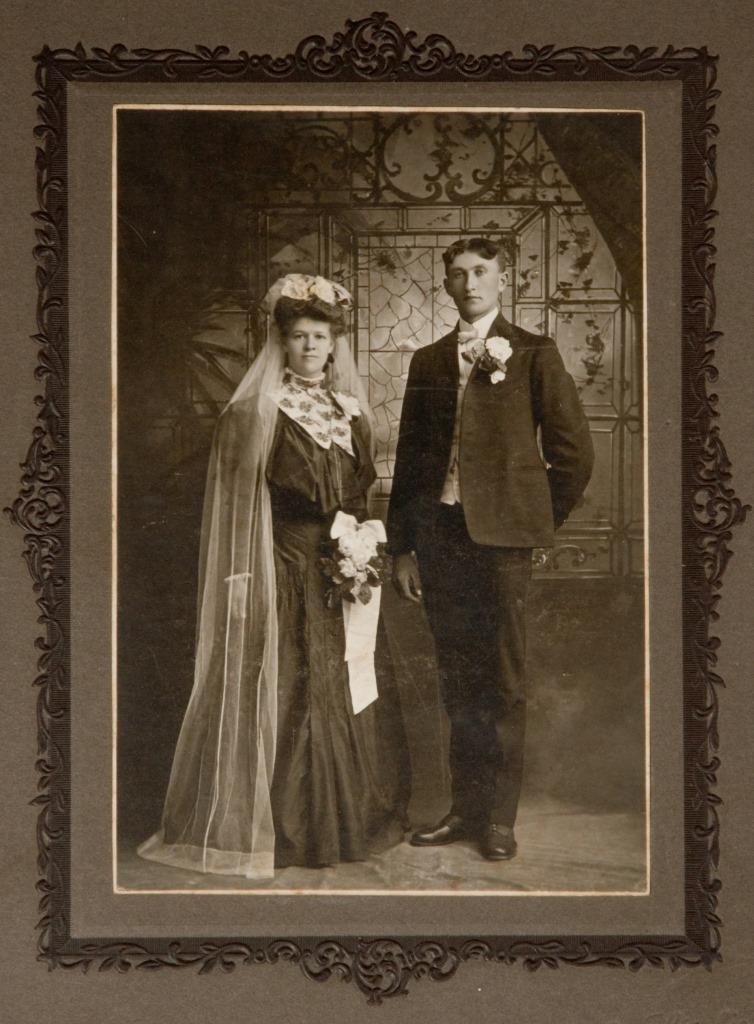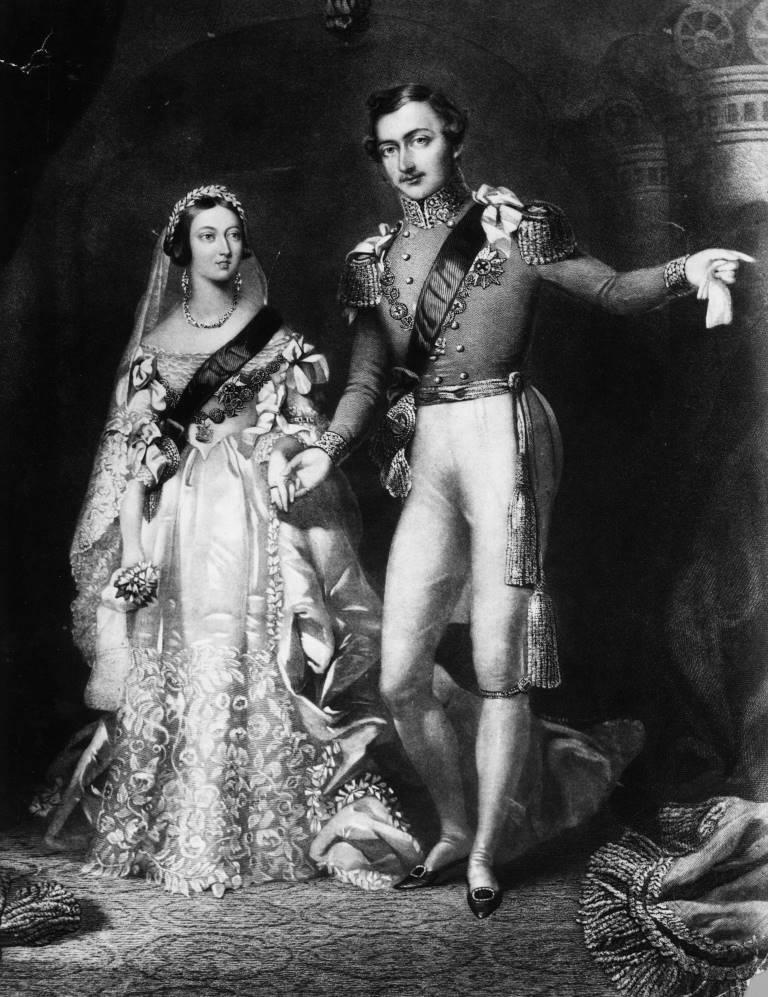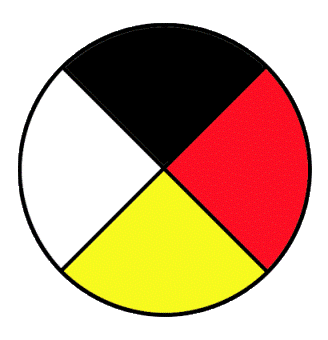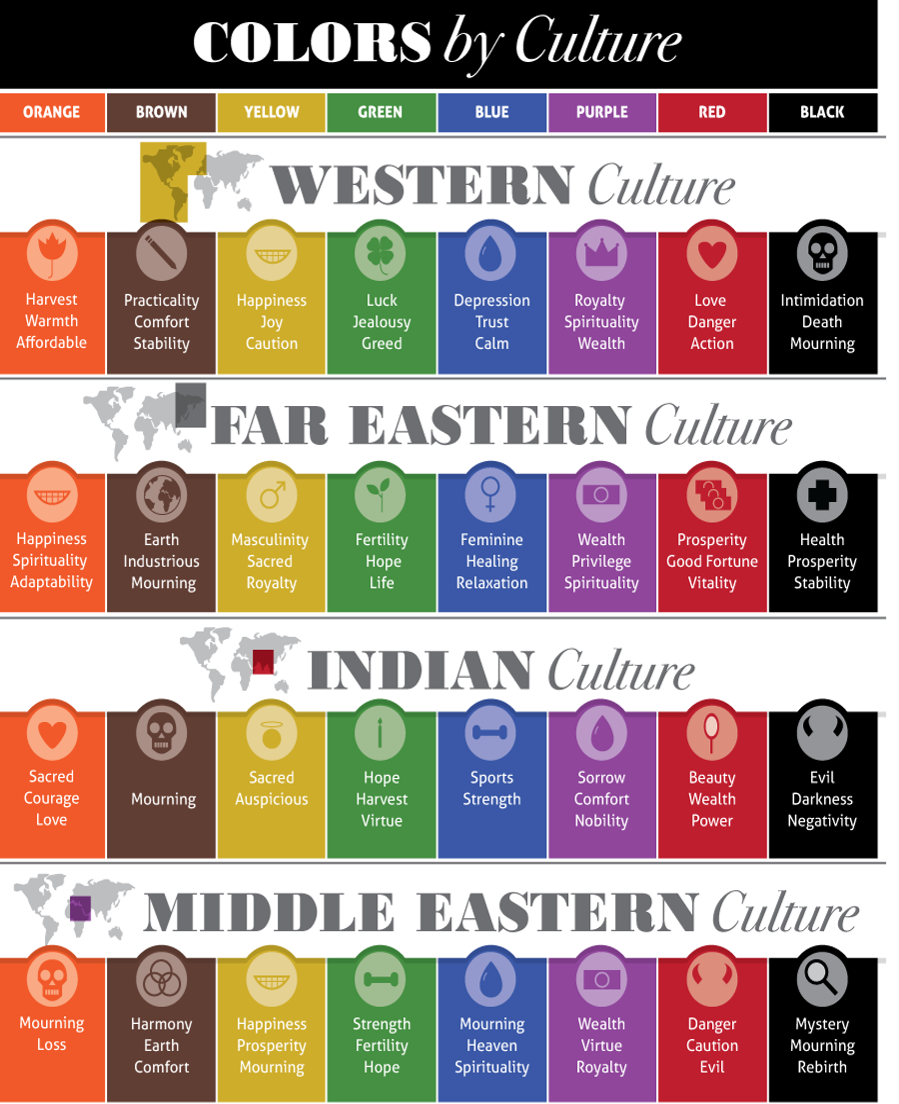Color Culture
CLASS 5
Color Culture
Art Theory— Color and Culture
First time I came upon the notion of color having different meanings in different cultures was in elementary school. A favorite book in the library was about clothing in different cultures around the world. The book explained (among other fascinating things) that white was considered the color of death and grief in parts of the world. Growing up in Europe, I only knew black as the color people wore for funerals to indicate mourning. A symbolic meaning that everyone knew and took for granted was not a solid symbol at all. Intriguing!
Another shocker that my best friend unearthed from old family photographs: Brides didn’t always wear white! As a matter of fact, white wedding gowns didn’t happen before 1840 when Queen Victoria chose a white silk gown for her wedding.This White Gown symbolized innocence but also outrageously showed off the wealth of the crown. The fashion spread and well-to-do families invested in the white virgin dress – that really could not be used for any other occasions. Here is a photo of a sensible and possibly not so wealthy bride ca. 1900. In China and Japan the brides wear red. A color that is highly erotic in Western culture but symbolizes wealth in Asia.
Other color revelations: Pink was considered a masculine color in Great Britain in the 19th century. Little boys wore pink, to emulate their fathers in the red uniforms. Boys were simply considered little men, so pink was ‘the color red in training’ I think.In case you are wondering: little British girls quite often wore blue.
We may be curious of the meaning of colors in Native American cultures but reliable information is hard to come by as Native Americans experienced horrendous losses since Columbus arrived in 1492. The history for many different tribes was mostly oral and so many have been lost. A few tribes have been able to pass down their history. One of them is the large Navajo tribe from Northern Arizona, Utah, and New Mexico. The Navajo tribe has the following meaning for colors:
There are five sacred colors.
Red: Represented sunshine and Spirit
The other four sacred colors represent directions and are ascribed to colors of mountains.
Blue or Turquoise: the Blue Mountains brought the dawn and represented the South.
Yellow: The Yellow Mountains represented twilight and the West
Black: The Black Mountains brought the night and represented the North
White: When the White Mountains rose it was day and represented the East.
The Apache tribe consider green, white, yellow, and black to be important as they also represent four sacred mountains. The Iowa Nation consider the colors black, yellow, red, and white to be important as they represent direction, their flag, and what they consider to be the four races of man.(https://www.warpaths2peacepipes.com/native-american-symbols/color-meanings-symbolism.html)
Many global companies today have learned how important color is to their marketing and advertising. Pepsi, the soft drink company, lost money and market shares in Southeast Asia when they changed the color of their vending machines from deep blue to light blue. This specific color was associated with death in that region so people shied away from buying the former popular beverage. Meanwhile Coca-Cola was doing great with their signature red-indicating prosperity in Asia.
Yet according to the infographic: “The meaning of color in marketing”, blue is the safest color to use, whereas red should be ‘very popular’ but is called an ‘action’ color. Pretty sure each country would need studies done for their preferences looking at this. Brown as death and mourning!? Yellow is said to be the color that most cultures associate with their deity, and purple is a love/hate color. Really? Who doesn’t love purple? Hm. Something that I will never understand- purple paint pleases me and picks me :).
Bright colors sell well in Latin America and India whereas more subdued colored furniture and items sell well in Scandinavia. This makes sense perhaps as one looks at the landscape of the country. This matters to Ikea but should we even care as artists? Does color symbolism in individual culture matter to us?
It does and it doesn’t.
Each artist has to find the colors that work for them in their art. No shortcuts there- feel into yourself as you work with colors and let them pick you as you work with them. There is a huge joy in playing with color and seeing which color combinations make your heart pound a little faster and raise your happiness meter. And always be willing and open to letting your personal color preferences change as you yourself change.
However, it may be that your future is to be an internationally recognized artist and then it may be good to know about that light-blue color of death in Southeast Asia if you choose to make a giant pale blue canvas it will carry a heavy message.
I do believe it is good for our spiritual growth to have our understanding turned on its head.
Like this quote from Paul Klee: “Color is the place where our brain and the universe meet.”
The words mess with my mind but expand my heart as they pull on my intuitive ‘non-sense’ or higher sense. As artists we get to let colors talk to us – and look out for cultural color remains in ourselves. We all need to find our own color symbolism (and then be ready to explain ourselves). Case in point: for years I have told people that ‘Yellow is Life’. Some agree with me, a bit surprised, some shake their heads and laugh.
Well. It’s my color story and I am sticking with it.
Instagram Prompt
Take a photograph illustrating your favorite colors, write a few words and post it with hash tag #colorsymbolism #Paintingonheartsideofbrain






